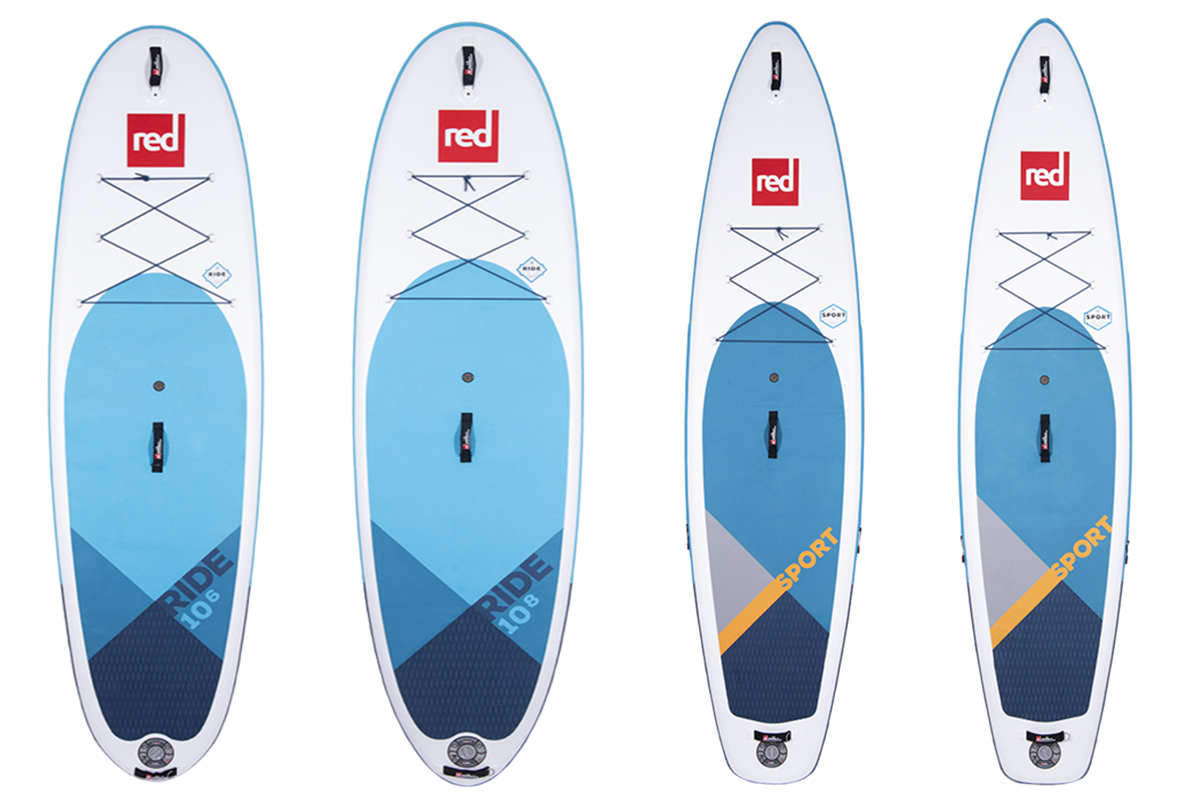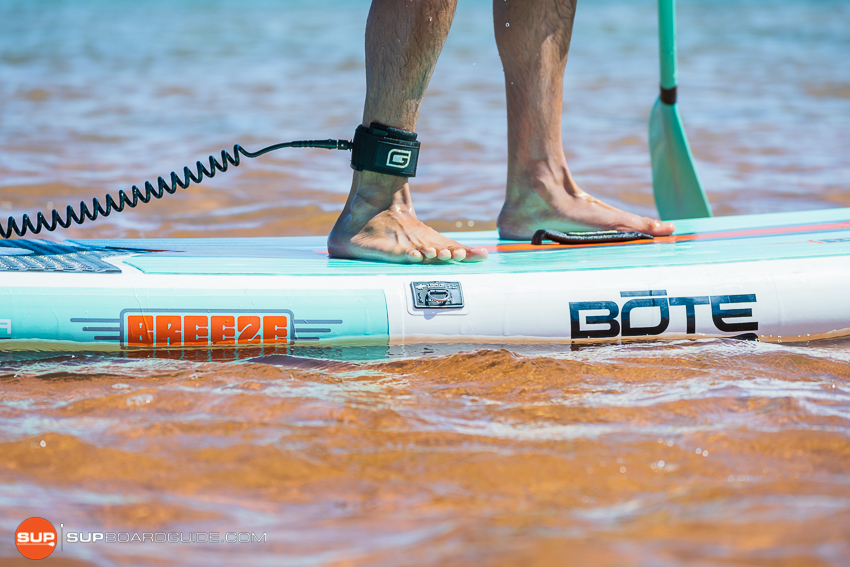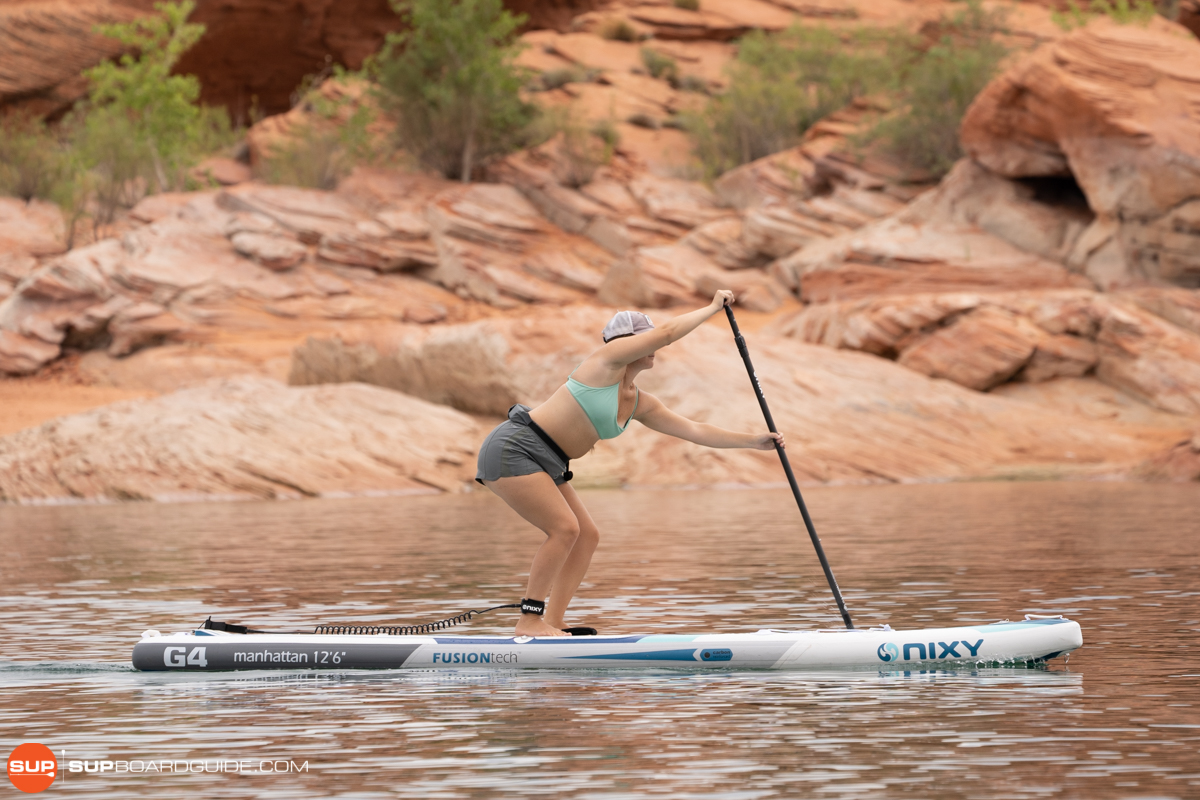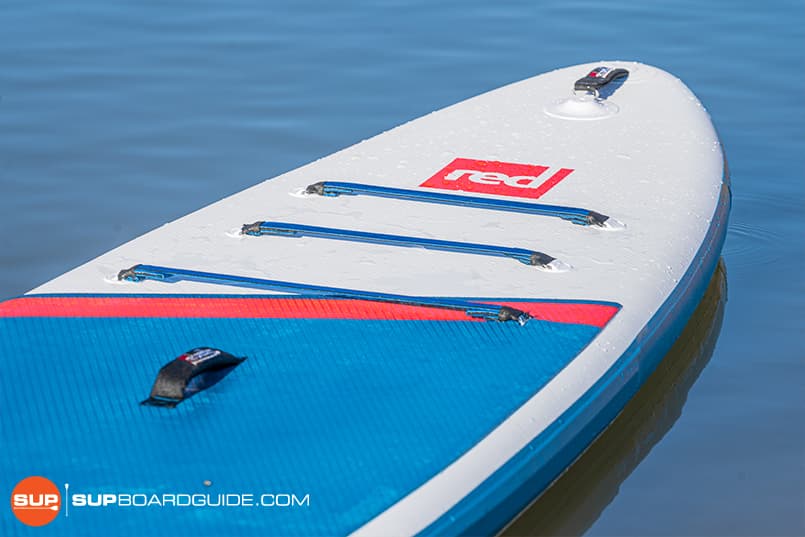Links, articles and services that have some relevance to SUP safety, and/or are worthy of sharing. We hope you find them useful.
Online SUP Coaching

Paddling technique has direct safety implications. If your paddling is inefficient then you’re going to fatigue more quickly, and will be less capable of dealing with strong winds or other more challenging conditions, should they catch you out on the water. Unfortunately though, improving your paddling is extraordinarily difficult if you’re not lucky enough to live in the vicinity of a competent coach. Trying to teach yourself via youtube videos is bewildering and usually counter productive – 99% of the online ‘advice’ is very likely to be wrong for you particular needs. However, quality 1:1 online coaching is actually very affordable, no more expensive than the price of a regular lesson, and actually in many ways even more beneficial, as you can watch your online commentary over as many times as you want. Check out our online coaching service here.
The following articles from other SUP resources were written by our team, and contain a lot of useful information.
Understanding SUP board styles and shapes
There are direct safety implications in your choice of board, as is discussed in detail in the Safety Equipment book. While the SUP board market can appear pretty bewildering, the good news is that it’s actually quite easy to know how a board will perform, and which type of board(s) you should be considering for your own use, once you understand how to interpret the board dimensions and the plan shape. This article on the supboardguide.com website will guide you through the maze.

Choosing a SUP paddle
As with board choice, choosing a paddle can also have safety implications, as is discussed in detail in the Safety Equipment book. Indeed, your paddle choice can actually have much more impact on the quality of your paddleboarding experience than your board choice.
Why Do My Feet Go Numb and Hurt When I Paddle Board?
This has to be one of the most oft-asked questions on the stand up paddleboarding social media pages, and it always results in a flurry of vague answers about shoe types, bending your knees and a bunch of other random suggestions for both causes and cures. However, it’s actually far more straightforward in terms of both what causes it, and how to deal with it. As this article explains, it all comes down to basic physiology and physics.
The health benefits of stand-up paddleboarding
You’re at this website because you have an interest in SUP Safety, and therefore an understanding that there are risks involved with the activity. That’s good. But let’s also take a moment to remind ourselves that on the Risk vs Reward spectrum, the benefits of paddleboarding are incredibly high. It’s genuinely good for you in a whole variety of ways. Indeed, it may well be one of the very best exercises you can do. SUP ticks a whole lot of healthy boxes, even if you’re not paddling particularly hard. It’s important to keep this in mind.
Are inflatable paddleboards good?
How do inflatables compare to hard boards is a question that gets asked all the time, and a more recent variant; how much better are the good inflatable boards to the cheapest? Ok, it’s not directly a safety issue, but there are certainly some safety implications, so if you’re in the market for a new board you could do a lot worse than read this article.




